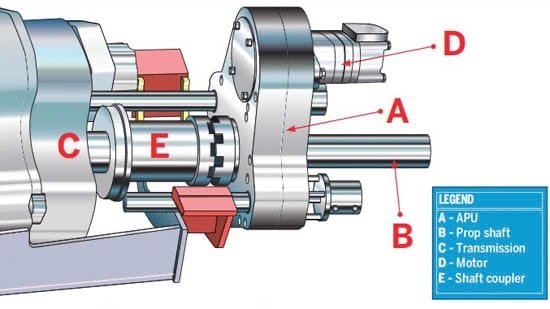I began
a post about the same subject awhile back, still planning to do it as time permits. I've purchased a British Seagull outboard with that in mind. Japanese outboards usually have the power head pretty tightly integrated into the leg, with a lot of extraneous metal. The British Seagull power head can be removed with two bolts (Whitworth!), the remaining leg is minimal, about 16 lbs, has a high reduction and a large 5 bladed prop.
My plan is to get a 1 or 1.5 hp 1ph washdown motor (because they are SS bodied) and make an adapter for the power head. Simply run a cord inside and plug it into the wall. More sophisticated would be a phase converter, that would make the motor a bit lighter (3ph, no start windings). The Franken-outboard would be hung on the swim platform when needed. I'd expect to get about 2 knots in calm conditions.
Is that useful? Not in the open ocean, not against much current, nor against much wind. But up in the PNW, you can wait for good conditions and get them. 2 knots doesn't sound like much, but it is 50 miles in 24 hours. In 3 days you could be back to civilization from anywhere up there. If you read the fine print, "unlimited" tow service isn't really, and up there, there is very little commercial tow presence - nearest one could be hundreds of miles away. You may find a Good Samaritan to give you a tow, much more likely if you are at least a bit mobile (there are many inlets that are blind to VHF).
An alternative might be a trolling motor, Minn Kota has a double 160 lb thrust version intended to attach to an outboard leg, be easy to build the leg. But you would need a very large DC power supply to run it, and it isn't clear what happens if you run one at full chat for days. Another possibility would be a 220V motor, could be 3 hp then but it is heavier and would require restrapping the genset to 220V to use, special circuits, etc.

 I see we're on the same page.
I see we're on the same page.